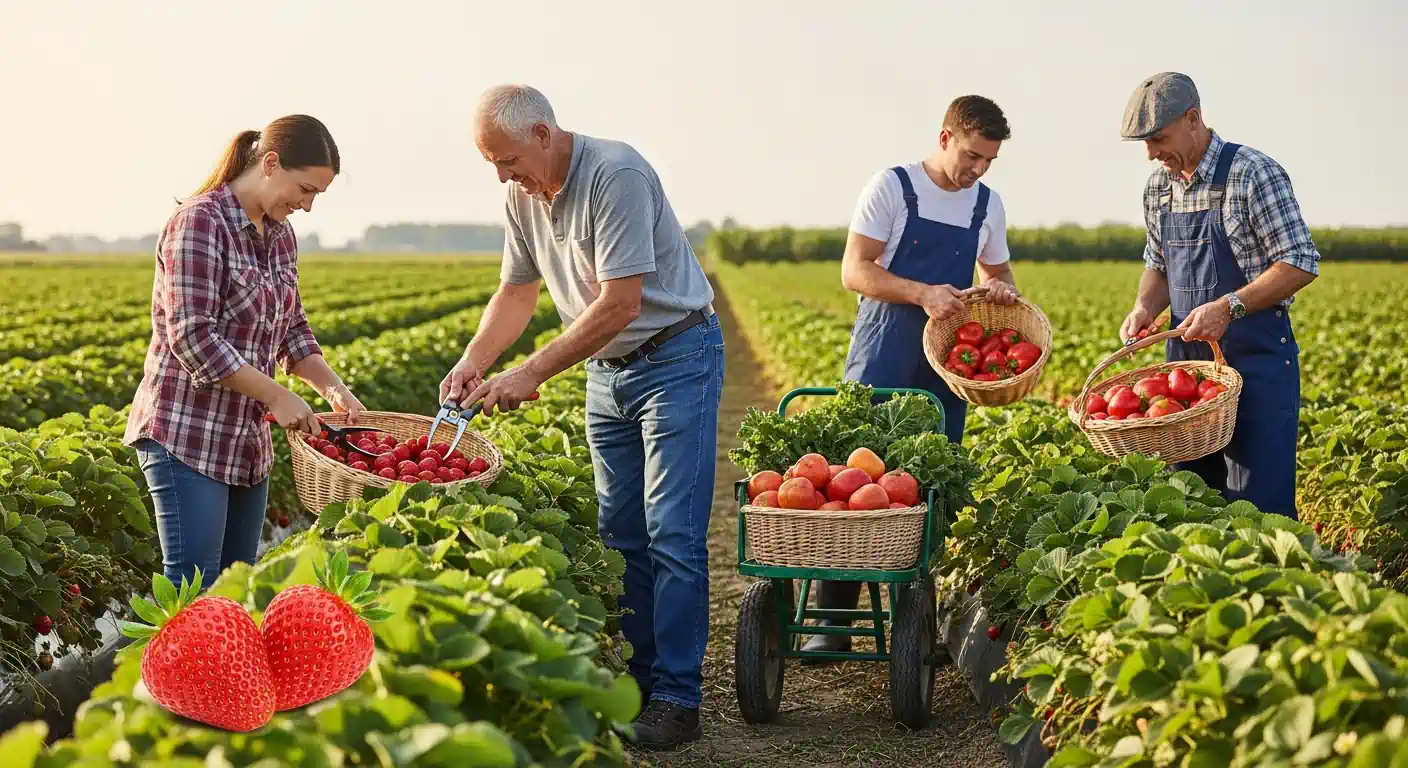Best Practices for Planting: Achieve a Thriving Garden All Year Round

Achieving a thriving garden year-round requires more than just scattering seeds and hoping for the best. It demands understanding the best practices for planting and nurturing your plants throughout their lifecycle. This guide will equip you with the knowledge to create a vibrant and productive garden, no matter the season.
Key Points:
- Soil Preparation: The foundation of a healthy garden.
- Watering Techniques: Essential for plant growth and survival.
- Plant Selection: Choosing the right plants for your climate and garden.
- Seasonal Care: Adapting your approach throughout the year.
- Pest and Disease Control: Protecting your plants from common threats.
Best Planting Practices for Soil Preparation
Healthy soil is crucial for successful planting. Soil preparation involves improving its structure, drainage, and nutrient content. Start by testing your soil’s pH level to determine its acidity or alkalinity. This will help you choose the right plants and amendments. Adding organic matter like compost or well-rotted manure enriches the soil and improves its water-holding capacity. For heavy clay soils, incorporate sand or perlite to improve drainage. Proper soil preparation sets the stage for healthy root development and vigorous plant growth.
Best Practices for Planting: Watering Techniques
Effective watering techniques are essential for plant survival and growth. Avoid overwatering, which can lead to root rot. Instead, water deeply and less frequently, encouraging roots to grow deeper in search of moisture. The best time to water is in the morning, allowing foliage to dry before nightfall, reducing the risk of fungal diseases. Consider using a soaker hose or drip irrigation system for efficient and targeted watering, especially during dry periods. Mulching around plants helps retain moisture and suppress weeds, further reducing the need for frequent watering.
Mastering Efficient Watering for Different Plant Types
Different plants have different watering needs. Drought-tolerant plants require less frequent watering once established, while vegetables and annuals generally need more consistent moisture. Observe your plants for signs of stress, such as wilting leaves, and adjust your watering schedule accordingly. Recent studies published in the Journal of Horticultural Science (2024) highlight the importance of understanding plant-specific water requirements. This personalized approach ensures optimal growth and minimizes water waste.
Best Practices for Plant Selection & Seasonal Care
Choosing the right plants for your climate and garden conditions is key to a successful garden. Plant selection should consider factors like sunlight exposure, soil type, and available space. Select varieties that are well-suited to your local climate and growing season.
Seasonal Planting Practices
- Spring: Focus on starting seeds indoors and transplanting seedlings outdoors after the last frost.
- Summer: Ensure adequate watering and fertilization to support vigorous growth during the hottest months.
- Fall: Prepare your garden for winter by cleaning up debris and protecting tender plants.
- Winter: Plan for the next growing season by ordering seeds and starting indoor plants.
Best Practices for Planting: Pest and Disease Control
Preventing and managing pests and diseases is essential for maintaining a healthy garden. Regularly inspect your plants for signs of infestation or disease. Encourage beneficial insects like ladybugs and lacewings, which prey on common garden pests. Practice crop rotation to disrupt pest lifecycles and reduce disease buildup in the soil. Employ organic pest control methods whenever possible, minimizing the use of harmful chemicals. The book "Organic Gardening for Beginners" (2023) offers comprehensive guidance on natural pest and disease management strategies.
Differentiated Content: Smart Watering and Companion Planting
Smart watering systems utilize sensors and weather data to optimize irrigation schedules, conserving water and promoting healthy plant growth. These systems automatically adjust watering based on real-time conditions, minimizing water waste and maximizing efficiency. This aligns with the increasing focus on sustainable gardening practices.
Companion planting involves strategically placing different plant species together to benefit each other. For example, planting basil alongside tomatoes can deter pests and improve tomato flavor. This traditional technique enhances biodiversity and creates a more resilient and productive garden ecosystem. This draws on permaculture principles, an area of growing interest in modern gardening.
Internal Linking Strategy:
- Learn more about preparing your soil in our guide on /categories/soil-health (category link).
- Discover more watering techniques in our article on /articles/drip-irrigation-systems-a-comprehensive-guide (related article).
- Explore companion planting further in our article on /articles/companion-planting-for-a-thriving-vegetable-garden (related article).
FAQ: Best Planting Practices
Q1: How often should I fertilize my plants? A1: Fertilizing frequency depends on the plant type and the type of fertilizer used. Generally, fertilize every 2-4 weeks during the growing season, following product instructions. Slow-release fertilizers can be applied less frequently.
Q2: What is the best way to prevent weeds in my garden? A2: Applying a layer of mulch around your plants is an effective way to suppress weeds. Other methods include hand-pulling, hoeing, and using organic herbicides.
Q3: When is the best time to transplant seedlings outdoors? A3: The best time to transplant seedlings is after the last frost in your area. Harden off seedlings gradually by exposing them to outdoor conditions for increasing periods before transplanting.
Q4: How can I improve the drainage in my clay soil? A4: Amend clay soil with organic matter like compost, well-rotted manure, or peat moss. Incorporating sand or perlite can also improve drainage and aeration.
Conclusion: Cultivate Your Green Thumb
Implementing these best practices for planting will set you on the path to a thriving garden you can enjoy year-round. Remember that gardening is a continuous learning process. Experiment, observe, and adapt your techniques to suit your specific garden environment. Share your gardening successes (and challenges!) in the comments below. Subscribe to our newsletter for more gardening tips and inspiration. Explore our other articles on soil health and pest control for more in-depth information.
Future Expansion Topics:
- Vertical Gardening Techniques
- Hydroponic Gardening
- Gardening for Small Spaces